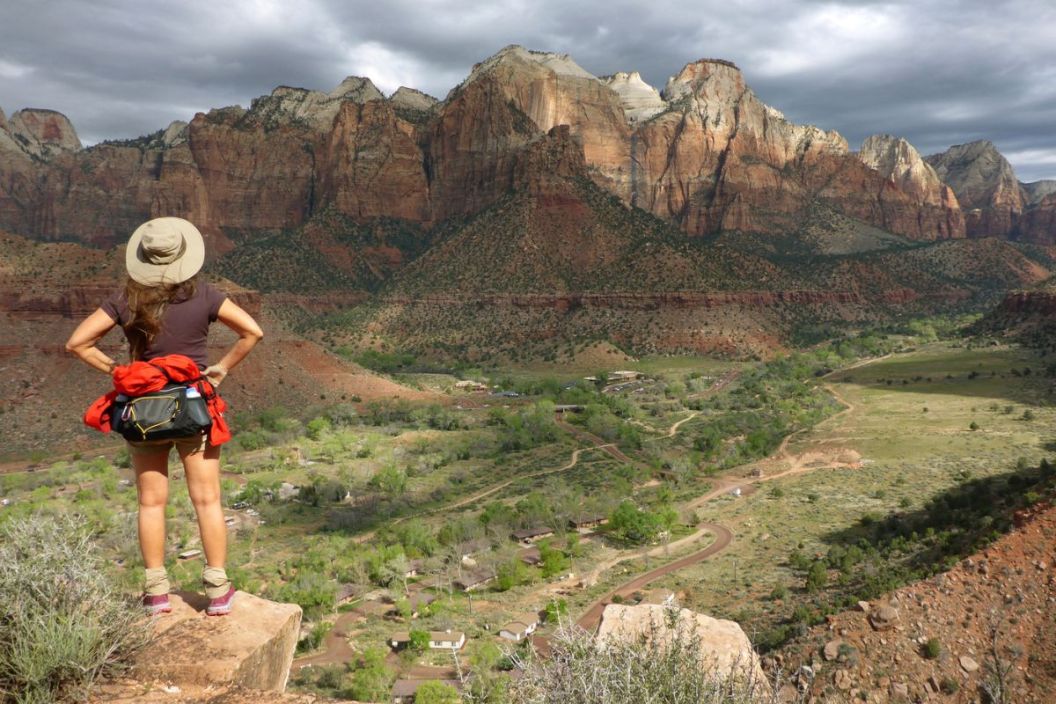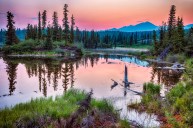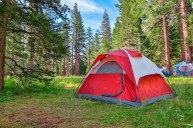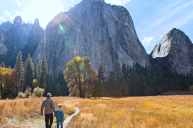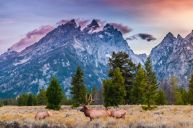People escape to the great outdoors searching for inspiration, recuperation, and of course peace and quiet. But after the pandemic inspired a steep interest in outdoor adventures for the general public, that peace and quiet started ceasing to exist. And like many things that become more popular, national parks are experiencing more effects of the human footprint. However, the disrespect towards nature seems less intentional and instead likely stems from a lack of education. Many visitors are less experienced with the outdoors prior to visiting a national park, and can't even fathom the damage that can be accidentally (but easily) caused. Whether you're visiting for the first time or you're a veteran outdoor enthusiast, it's important to heed the dos and don'ts of visiting a national park. Here's what you need to know before planning your next trip to America's incredible national park system.
Leave No Trace

picture alliance/Getty
Before I get into the national park etiquette basics, let's talk about Leave No Trace. National parks have had to close off specific areas that once saw foot traffic in order to preserve what's left from the damage caused by human impact. The Leave No Trace mantra is a commitment to conserving our environment by "providing innovative education, skills, research and science to help people care for the outdoors," focusing on "educating people - instead of costly restoration programs or access restrictions - as the most effective and least resource-intensive solution to land protection." They offer seven simple principles to religiously follow while exploring any outdoor area:
Plan ahead and prepare.
Travel and camp responsibly.
Dispose of waste properly.
Leave things you find.
Minimize campfire impacts.
Respect wildlife.
Be considerate of others.
These principles basically sum up how to act appropriately when visiting a national park, and you can check out the LNT website for more information on how you can proactively participate in preserving our natural world.
Don't Vandalize or Take Souvenirs Home

MimaCZ via Getty Images
If you haven't caught on already, the general summary of what you can and can't do at a national park involves minimizing human impact on the environment. So it goes without saying that you should try to touch as little amount of stuff as possible. Don't vandalize by etching your initials or carving anything into rocks, tree bark, stones, or other natural elements, because that just adds to the weathering and breaking down of some of the most beautiful things that visitors come to national parks to see. If you see natural objects like plants or rocks on the ground that are tempting to take home as souvenirs, don't do it. You should leave them be not only because you could negatively affect the terrain, but also because you'll take away from the experience of others. It's also illegal to do so in most cases.
Don't Get Too Close to Wildlife

pchoui via Getty Images
Seeing wildlife is a big reason why people flock to national parks in the first place. But it's extremely important to make sure you keep a safe distance from all wild creatures, because you never know how dangerous an animal actually is. Yellowstone has already seen several bison attacks this year from people not heeding the NPS rules of staying anywhere between 25 to 100 yards away from wild animals (depending on the species). The rule about observing wildlife from a distance is for your protection. These animals deserve to be undisturbed as they go about their natural ways, and you should be respectful of stepping into their territories.
Don't Play Loud Music

damircudic via Getty Images
Remember when I mentioned that people visit the great outdoors for a peaceful and quiet getaway? Don't be the person that's blaring music loud enough for everyone to hear on the trail or campsite. It's unfair to other visitors who are subjected to your music, whether they enjoy it or not. If you must listen to your jams while hiking or camping, keep it to your earphones. But we wholeheartedly recommend turning everything off and enjoying the stillness of nature. Although you won't disturb others by having headphones in, you won't be fully aware of your surroundings and unable to hear what's going on around you, and that can be potentially dangerous.
Don't Risk It All for a Selfie
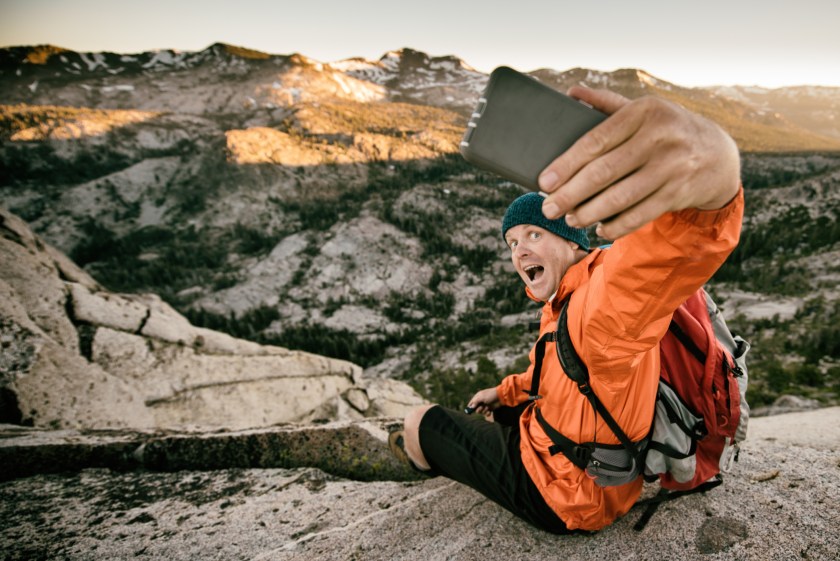
vernonwiley via Getty Images
The rise of modern technology has been both beneficial and harmful. While we encourage you to take pictures to commemorate your adventures, don't risk your safety for a selfie. You would think that it's common sense, but you would be surprised how many people have been harmed and even died from not following safety rules, climbing dangerous features, and/or getting too close to wild animals just for a chance to post to Instagram. We understand that you'll see some incredible things while exploring a national park, but that doesn't mean you should go to extreme lengths just to show off that you were there. Keep in mind that the best moments don't always have to be captured on camera. Merely experiencing it can often be enough.
Do Plan Ahead

invizbk via Getty Images
You simply can't wing a trip to a national park, even if it's only for a small amount of time. Day trips or pass-throughs still require answers to questions such as "What permits do I need?" and "What appropriate attire should I wear?" especially if you have to prepare for bad weather forecasts. You'll need to know what activities you'll be doing, how big your travel group is (as well as how old everyone is), and how much food and water you'll need to bring. You can't just show up to a national park and pick the first trail you see to hike. You'll want to know what time you'll arrive, especially if traffic is micromanaged like it is in Yellowstone National Park right now because of the recent flash floods. An easy hiking trail may only be a couple miles long, but that also might mean a couple of hours and potentially higher elevations. If you're backpacking and/or camping, you'll need to book your reservations ahead of time and know the details of your campsite to bring proper supplies.
Do Check the Park Website
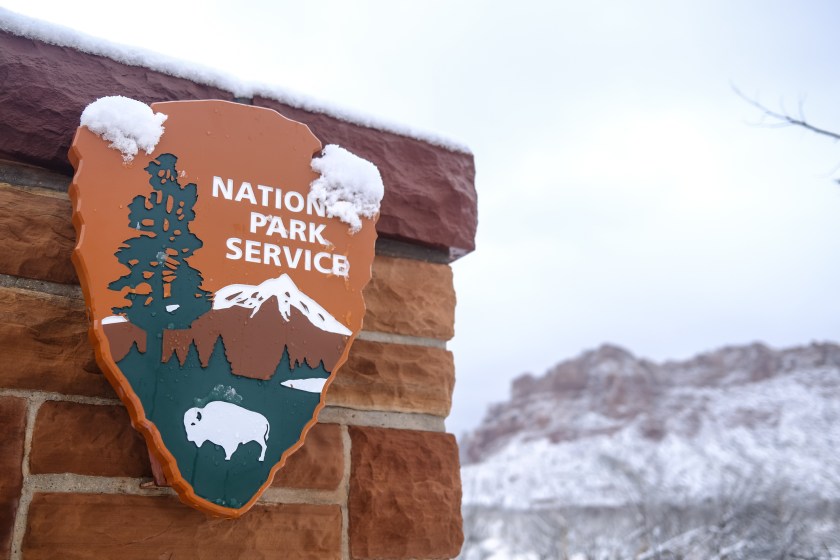
Mike Lewis via Getty Images
The National Park Service website has almost all the information you'll need to prepare for your outdoor adventure. Each park profile will give you the most recent updates on the area, as well as tips on how to safely navigate it. There will also be links to where you can book your permits, campgrounds, and other amenities that are singular to each park. You'll find information on who you can contact if you'd like to talk to park rangers or officials as well.
Do Talk to Park Rangers and Officials
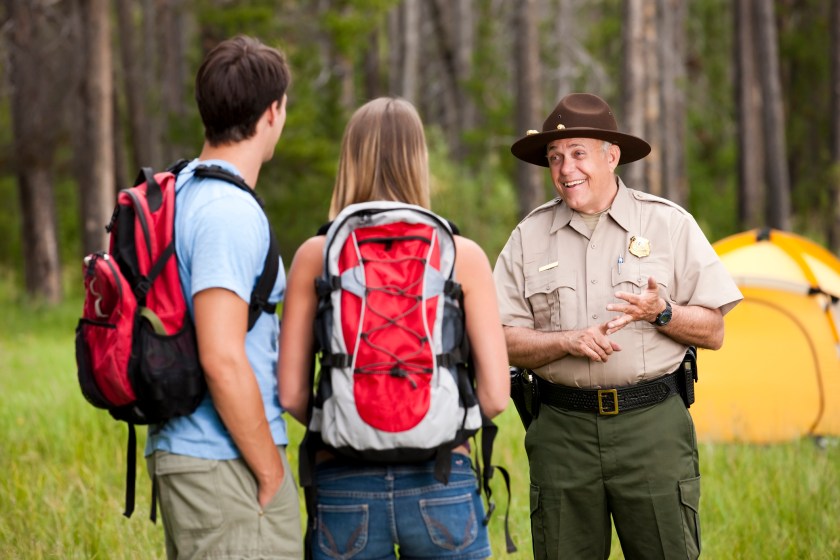
avid_creative via Getty Images
It never hurts to talk to the experts, even if you're experienced. Park rangers and officials know how to manage any potential scenario, and stopping by the park's visitor center even for a short chat can benefit you. You can ask questions you didn't know you would have until you arrived, and get help on how to adapt if you didn't prepare well enough. These folks are there to ensure that visitors have a safe time while simultaneously protecting the park. But of course, they alone can't do everything to preserve these beautiful areas, which is why it's important to know how you can do your part.
Do Hike and Camp Responsibly
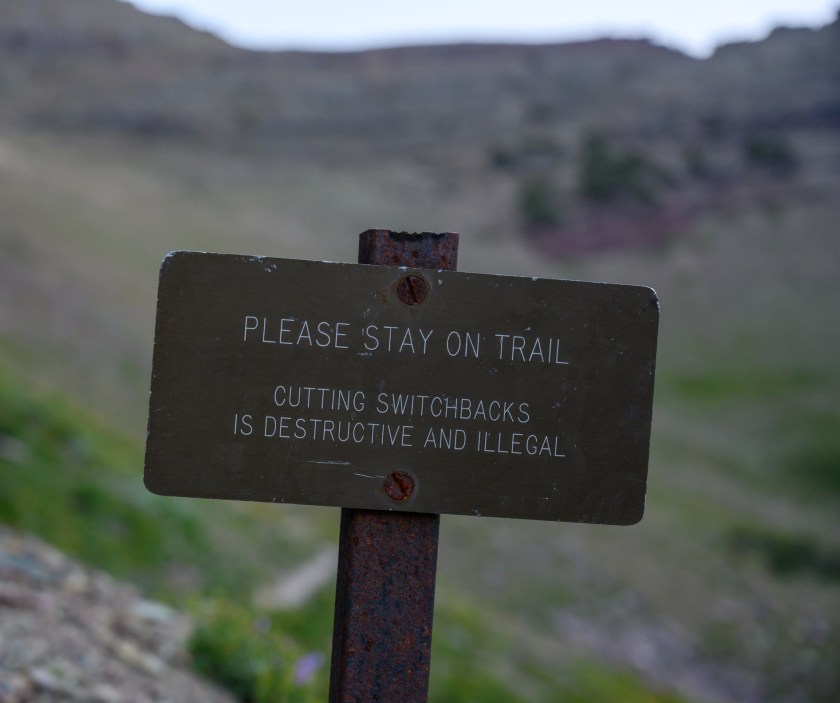
kellyvandellen via Getty Images
Trails aren't merely paths carved out of the wilderness for the convenience of getting to and from places without getting lost. They were also created to minimize the damage caused by human interaction with our natural ecosystems. Surface vegetation and habitats can be destroyed over time as more people walk over certain areas, causing erosion and shifting wilderness habitats. It's important for hikers to stay on the designated trails and adhere to signs along the way so that the surrounding features, plants, and wildlife can have the space to flourish.
That doesn't mean hiking off-trail isn't possible and even has benefits. According to Shawnte Salabert, author of Hiking the Pacific Crest Trail: Southern California: Section Hiking from Campto to Tuolumne Meadows and an ambassador for the American Hiking Society. Salabert, an experienced outdoors expert, explained in Adventure Journal that if done responsibly, off-trail travel has its benefits despite what LNT says. But Salabert explicitly says that this doesn't mean:
- Strolling through pristine meadows (or, uh, non-pristine meadows)
- Hiking to the side of and thus widening a wet or muddy trail because you are afraid that your boots, which are made for being outside, might get some outside on them
- Plowing through cryptobiotic soil like a Gore-Tex-clad Godzilla
- Being That Person who ignores signage clearly stating that users must remain on trail to protect plants, water sources, cultural resources, or perhaps animals who deserve a little space of their own in which to make sweet, sweet love
- Cutting switchbacks
Salabert advocates for off-trail exploration on durable surfaces like granite and sand because of the intrinsic and physical growth people can experience. But doing so responsibly means having an "understanding of how to leave minimal impact, knowledge of map and compass use (an use of common sense to route-find), the ability to self-rescue in case of emergency, the physical capability to move across uneven and often downright difficult terrain, and often, a whole lotta patience as you slowly study the map, read the landscape, pick your way around obstacles, and choose your path forward."
The same concept applies to camping. Unless you're backpacking into primitive campgrounds, you should stick to camping in designated campsites. The main lesson here is to minimize human impact on the environment.
Do Properly Dispose of Waste
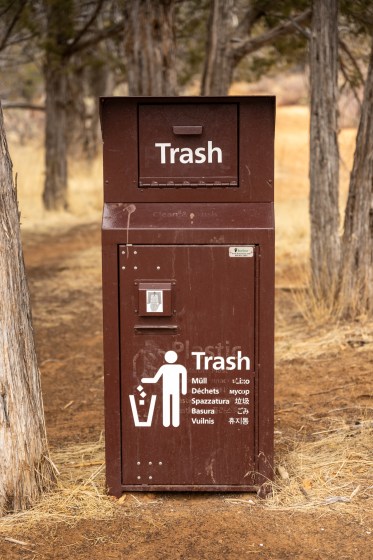
kellyvandellen via Getty Images
We can't stress this enough: make sure you properly dispose of all your waste. Human waste is not good for the environment and can pollute water sources, spread diseases, maximize decomposition rates, and is just not fun for others to stumble upon. There are proper ways to bury your feces in most parks, but that's why research is important. For hiking and backpacking, you can use EPA-approved, commercially produced pack-out systems. For paddling and rafting trips, reusable, washable toilet systems may be suitable. It's also important to make sure that you use toilet paper (plain, white, non-perfumed brands as suggested by LNT) as sparingly as possible and dispose of it (as well as any other sanitary items) properly. Toilet paper can buried in a cat hole or placed in plastic bags and packed out. If you think burning these items is a good idea, think again.
When it comes to all other trash, it's very important to dispose of it properly. Improper disposal can be dangerous and cause real harm to the environment. Leaving any garbage around can affect wildlife, but leaving leftover food can particularly contribute to the habituation of dangerous predators. That can be extremely dangerous for anyone who crosses the paths of these animals afterward. Make sure you have adequate bags to carry your trash with you when you leave the park.
Properly disposing waste also means washing yourself and dishes correctly. You can't just wash up in streams and lakes, and LNT says that you should carry water 200 feet away from the source to do so. Even using biodegradable soap can be harmful in some cases, so make sure to be cautious of that when cleaning up.
